Attendees will gain insights into the latest advancements in resilient agriculture, discover effective practices and learn how to implement these strategies into their own operations to improve environmental sustainability and farm productivity.
Christian Krupke


The vast majority of corn has long ago completed pollination. There are the late-planted fields that have yet to do so.
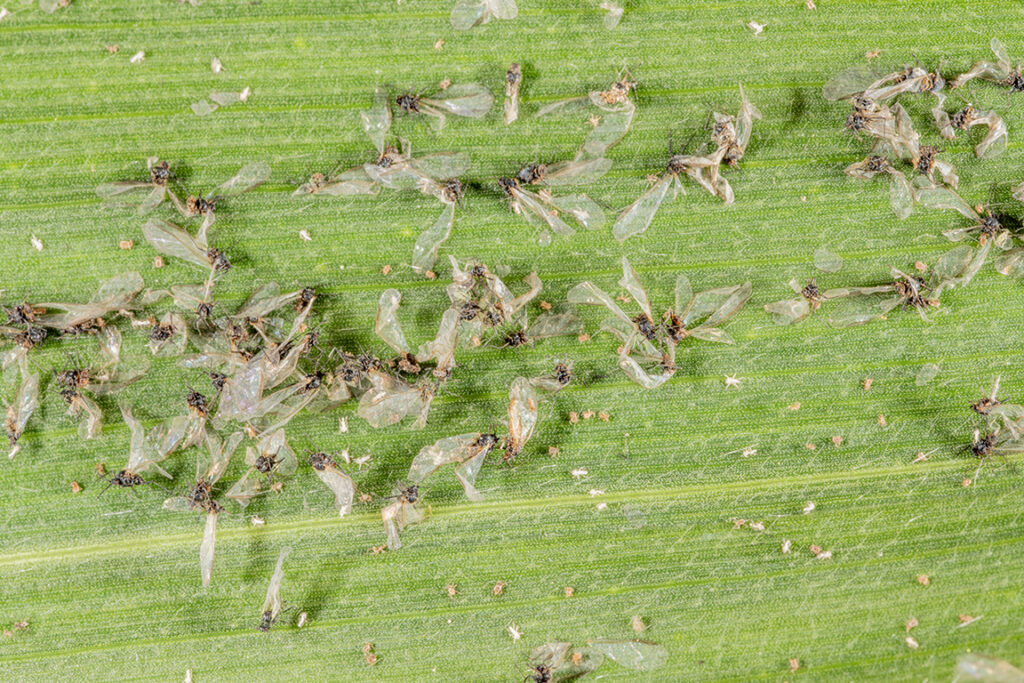
Corn leaf aphid (CLA), is typically an occasional presence in cornfields within the Midwest – they can be found in most fields closer to harvest time, when corn is starting to senesce and they don’t/can’t have much impact. They are typically not a pest of concern during the summer months. This year is different! In Indiana and throughout the Midwest, this aphid has made its presence known this year. We don’t know all the reasons why this year’s populations have been so much worse, but it is very likely progression of remnants of Hurricane Beryl from south to north (July 8 and 9) distributed winged aphids throughout our region; this is a common route of aphid transport. Since last week’s Pest&Crop article, winged aphids have been found on multiple plants/crops, including many that CLA are unable to feed on. This morning while running the dog in the yard, John Obermeyer[Read More…]
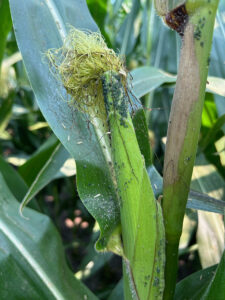
The vast majority of cornfields in the northwestern counties of Indiana have reached or have passed pollination.
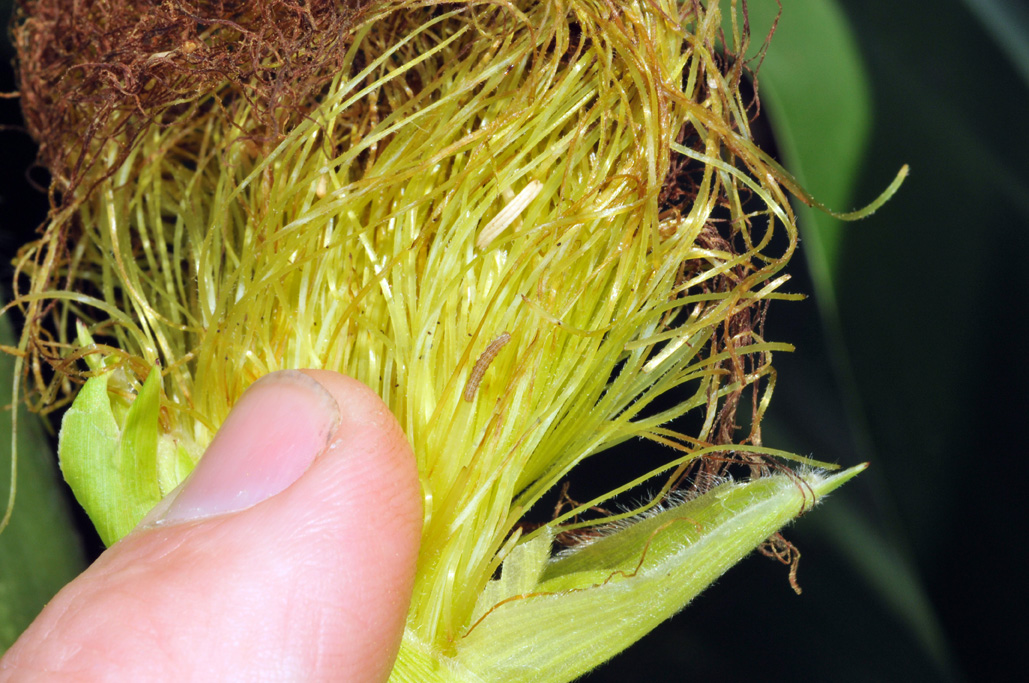
The vast majority of cornfields in the northwestern counties of Indiana have reached or have passed pollination.
Corn lodging, during rapid vegetative growth just before pollination, is not a welcome site.
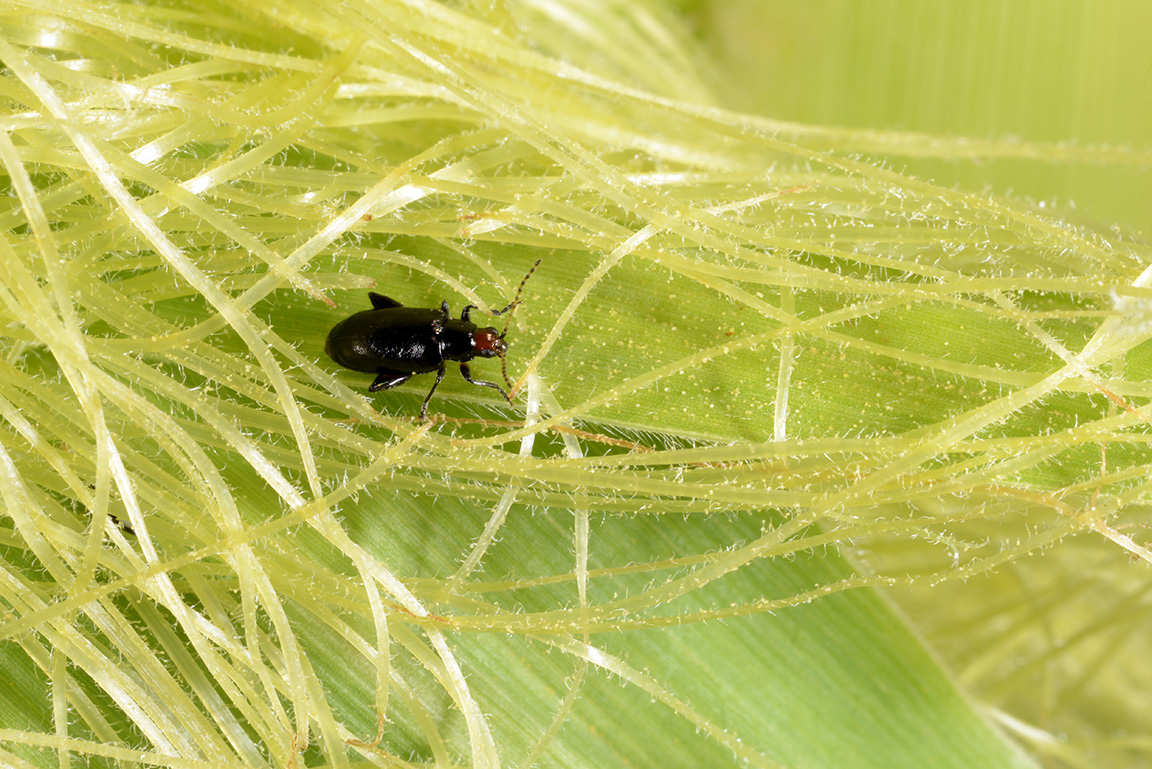
Though more of a curiosity, and infrequent, it is refreshing for us to receive calls/emails of mysterious insects “threatening” the crop.
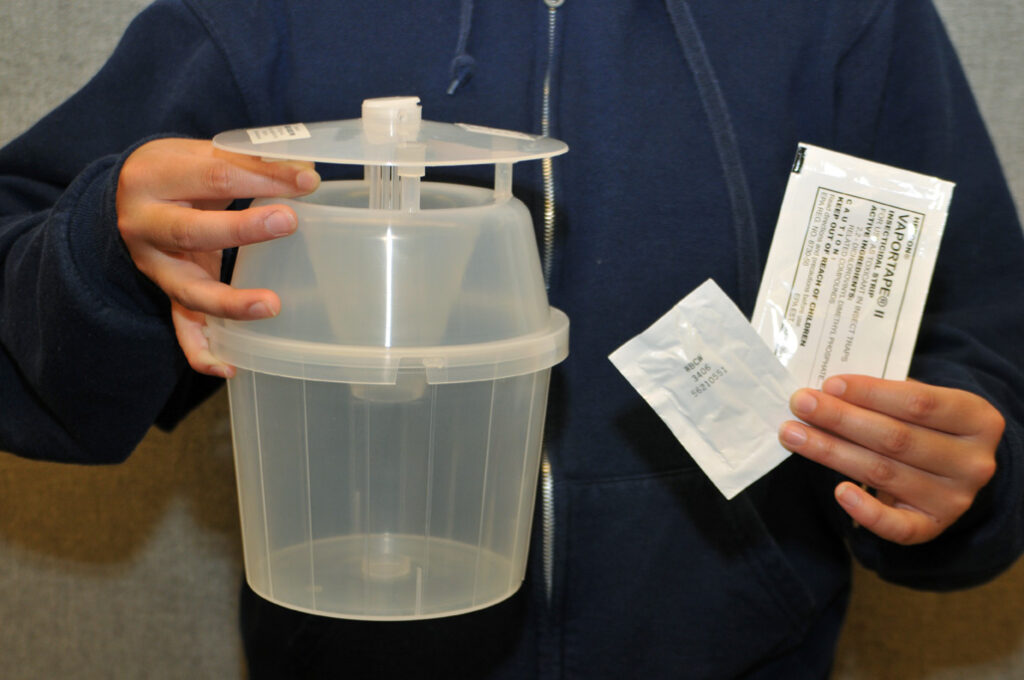
As we move into the first days of summer, we are finished with the early season, migratory moths and caterpillars (armyworms, black cutworms) and are now into those that overwinter here. For those pheromone trapping for western bean cutworm moths, you should begin this week. This is just the beginning of an extended moth emergence and flight, with their peak activity expected 2-3 weeks from now. Those in high-risk areas, i.e., sandy soils, high moth flight and WBC history should be gearing up for field scouting of corn, even those with Bt-traits. Depending on the trait expressed by your corn hybrids, efficacy can be highly variable. Scouting of pre-tassel corn should begin once multiple moths are being captured regularly. In five different areas of a field, inspect 20 consecutive plants for egg masses which are laid on the upper surface of the top leaves of corn and/or larvae that may[Read More…]
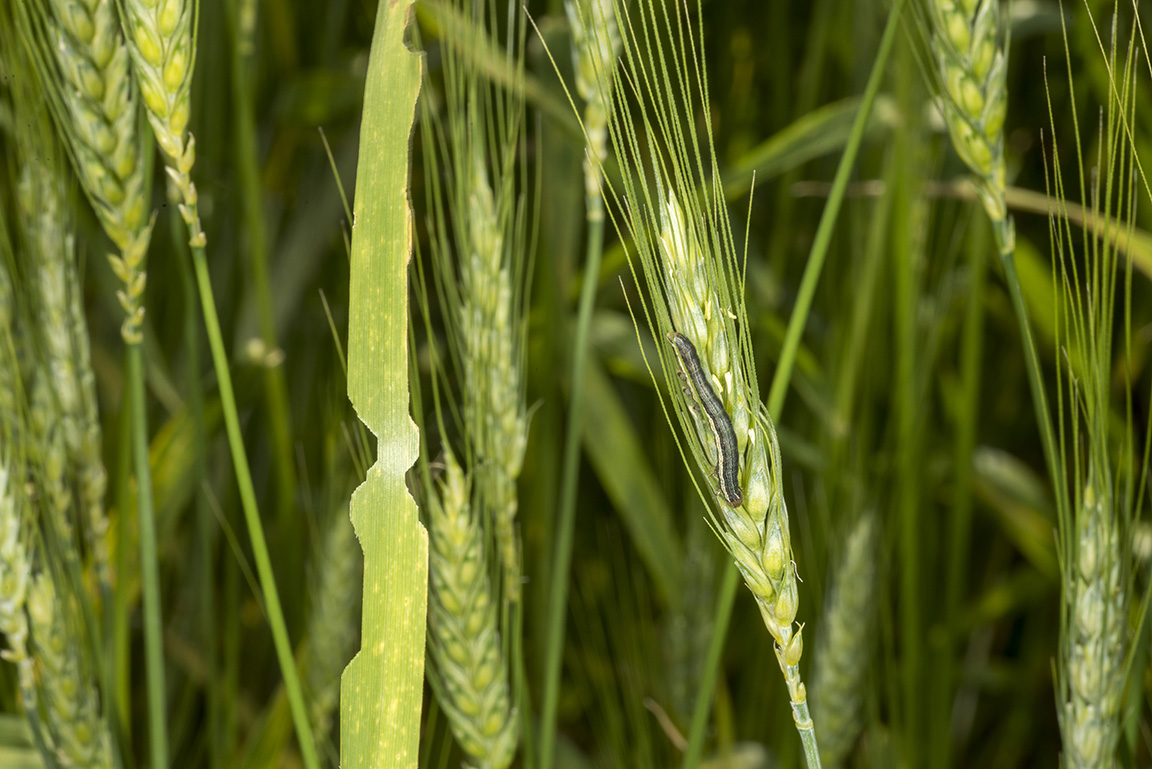
Earlier this week, we received reports of armyworm in northern counties continuing to damage wheat.
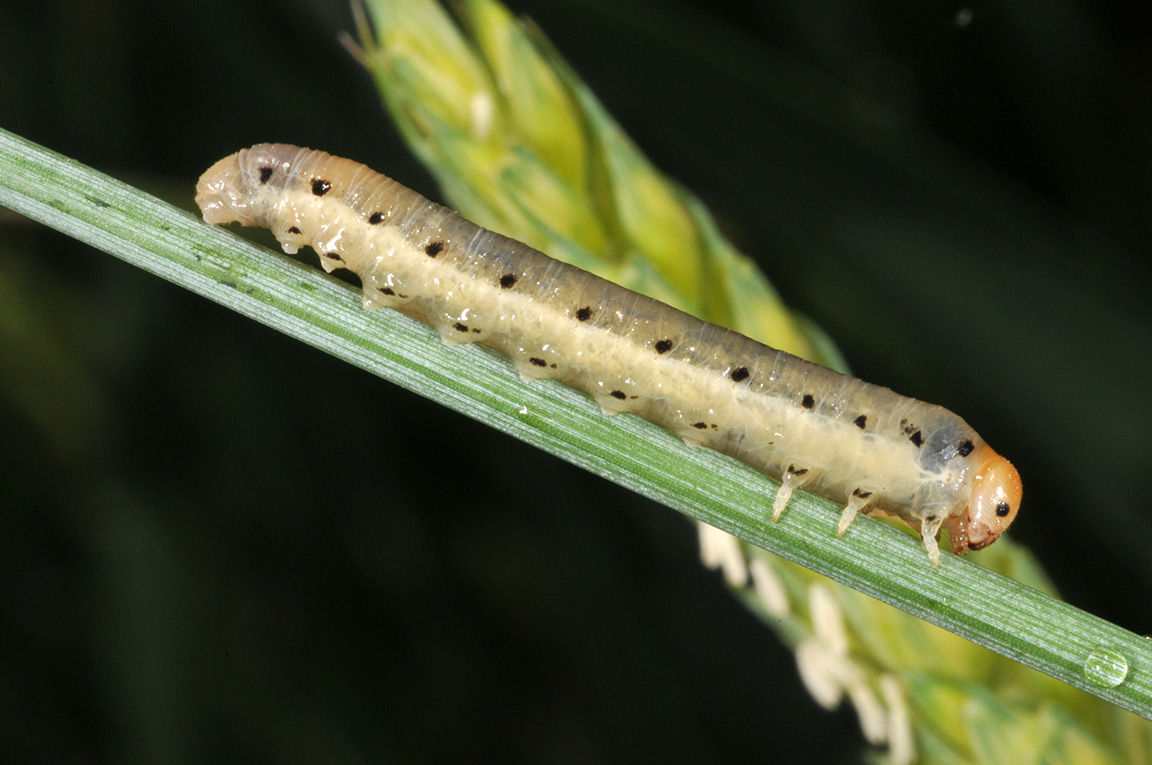
Small, caterpillar-like larvae, often confused with armyworm, can occasionally be found in wheat and some other grassy cover crops. These are not caterpillars at all, but are sawfly larvae, likely grass sawfly (Pachynematus sp.). Adult sawflies are insects with four wings that are distant relatives of the honeybee. They can be thought of as primitive wasps, but they do not have a stinger. The larvae are usually plant feeders and a few are pests of home gardens (rose sawfly or the confusingly named pear slug, for example). The sighting of foliage feeding sawfly larvae in wheat fields is infrequent in the Midwest. And although this species feeds on the leaves, it is minor pest. This is more of a curiosity than anything else, and an opportunity to learn the differences between different insect larval types – always fun! Full size larvae, about 1.25 inches, may feed on stems causing head[Read More…]
© 2026 Purdue University | An equal access/equal opportunity university | Copyright Complaints | Maintained by Pest&Crop newsletter
If you have trouble accessing this page because of a disability, please contact Pest&Crop newsletter at luck@purdue.edu.


